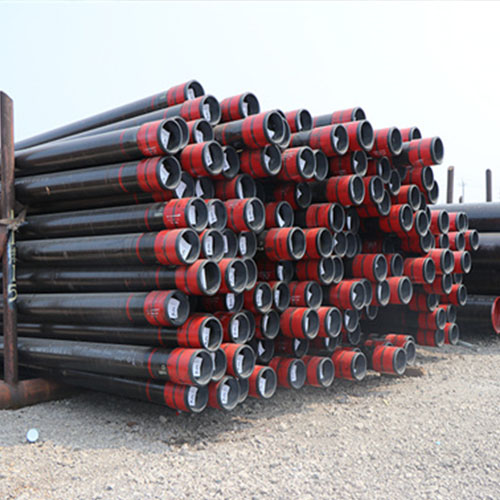Table of Contents
Differences Between 304 and 316 Stainless Steel Pipe and Tubes
Stainless steel is a popular material used in various industries for its durability, corrosion resistance, and aesthetic appeal. Two of the most commonly used grades of stainless steel are 304 and 316. While they may appear similar at first glance, there are key differences between the two that make each grade suitable for different applications.
One of the main differences between 304 and 316 stainless steel is their composition. 304 stainless steel is made up of 18% chromium and 8% Nickel, while 316 stainless steel contains 16% chromium, 10% nickel, and 2% Molybdenum. The addition of molybdenum in 316 stainless steel provides increased corrosion resistance, especially in environments where chloride exposure is a concern. This makes 316 stainless steel ideal for applications in marine environments or where exposure to Salt or other corrosive substances is likely.
Another important difference between 304 and 316 stainless steel is their resistance to corrosion. While both grades are corrosion-resistant, 316 stainless steel offers superior resistance to pitting and crevice corrosion. Pitting corrosion occurs when small holes or pits form on the surface of the material, while crevice corrosion occurs in confined spaces where oxygen Levels are low. The molybdenum content in 316 stainless steel helps to prevent these types of corrosion, making it a better choice for applications where corrosion resistance is critical.
In terms of strength and hardness, 316 stainless steel is generally stronger and harder than 304 stainless steel. This makes 316 stainless steel more suitable for applications where high strength and durability are required, such as in structural components or Pressure Vessels. However, it is important to note that 316 stainless steel is also more expensive than 304 stainless steel, so cost considerations may also play a role in the selection of the appropriate grade for a particular application.
When it comes to welding, both 304 and 316 stainless steel can be welded using common welding techniques. However, 316 stainless steel is more prone to sensitization, which can Lead to intergranular corrosion in the heat-affected zone of the weld. To prevent sensitization, it is important to use low-carbon filler metals when welding 316 stainless steel and to properly anneal the material after welding. In contrast, 304 stainless steel is less prone to sensitization and is generally easier to weld.

In conclusion, while both 304 and 316 stainless steel are popular choices for a wide range of applications, there are key differences between the two grades that make each grade suitable for different purposes. 316 stainless steel offers superior corrosion resistance, strength, and hardness compared to 304 stainless steel, making it a better choice for applications where these properties are important. However, 304 stainless steel may be more cost-effective and easier to weld in certain situations. Ultimately, the choice between 304 and 316 stainless steel will depend on the specific requirements of the application and the desired properties of the material.
